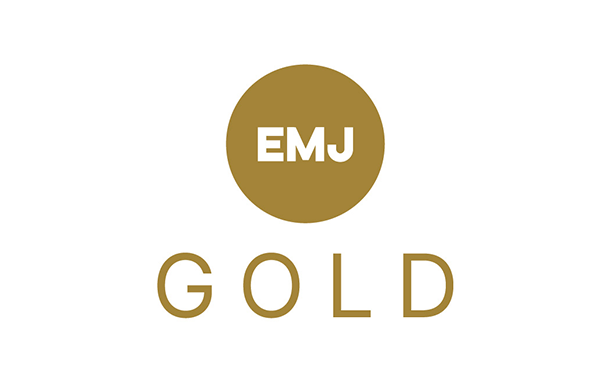The pharmaceutical supply chain is vulnerable to adverse events, and the pandemic has served as a reminder of how these networks can be tested. The industry has learned tough lessons from COVID-19 that must be translated into modernisation and improvements
Words by Isabel O’Brien
A symbiotic system like a supply chain is under constant threat from adverse events, but these networks must be agile, flexible and resilient – like an irrigation system that can survive famine or flood – so that products can flow freely from source to target during times of crisis.
This month’s GOLD infographic explores the important subject of risks to supply chains, illustrating the different types of likely and unlikely events, as well as highlighting those that are most likely to cause disruption to the pharmaceutical industry. From a raw material shortage to a super volcano eruption, “you will come across supply chain issues that need to be managed”, says Sheena Behn, Vice President, Vaccine and Oncology Supply Chains, Operations Executive Sponsor for Risk Management, AstraZeneca. Speaking at FT Live’s Pharmaceutical and Biotechnology Conference, she adds: “The most important thing is the response.”
The supply chain itself is becoming make or break to company success
Taking COVID-19 as an example, the crisis succeeded in bursting holes in pipes that seemed robust, but industry executives have learned lessons about supply chain resilience that could lead to much needed improvements in the future.
Materials and production
At the height of the pandemic, the acquisition of critical materials and the locations of production sites became a challenge as borders were forced to close to prevent the spread of the disease. The pharma industry may have a global supply chain, but often supplies to produce drugs or even the drugs themselves will be sourced from a single region. For example, 86% of the streptomycin sold in North America and 96% of the chloramphenicol sold in the EU comes from China.
This invites a debate around whether companies need to extend and diversify their product sources to avoid future disruption from adverse events, whether that’s another pandemic, an extreme natural disaster, or something else entirely. While McKinsey believes that 38-60% of the international pharma trade could potentially be considered for sourcing diversification in the future, industry insiders are convinced that a push towards reshoring is unlikely. “When we first saw some of those national discussions the answer was generally ‘not’ from a reshoring perspective, given the centres of excellence and reliance on certain key partners,” says Angela Bowden, Partner, Supply Chain Consulting, Deloitte, also speaking at FT Live’s event.
You will come across supply chain issues that need to be managed. The most important thing is the response
Instead, companies have identified increasing inventory as a far more effective tactic than reshoring. Many are seeking to strike a shrewder balance between their ‘just-in-time’ and ‘just-in-case’ inventory levels, as well as taking an altruistic approach to operational continuity by pledging to offer relief to production bases if and when they are affected by crisis.
Digitalisation improvements
Another key area that is undergoing review is the lack of digitalisation, digital analytics and AI usage in pharma’s supply chains. During the pandemic, many companies suffered delays and shortages as they had not invested in monitoring tools that allowed them to have clear visibility of their networks, or scenario planning software that could predict potential threats that could derail operations. As a result, McKinsey notes that companies are investing up to $50m in digital and advanced analytics use cases to eliminate operational risks, including investigating the scope of blockchain.
FarmaTrust, a blockchain and AI solutions firm, has recently assembled a group of pharma companies to launch the world’s first fully-digital pharma supply chain. The blockchain system allows all stages of the supply chain to be visible to hospitals and pharmacies, mapping a product’s journey, length of transit and conditions of transit, as well as creating an avenue for prescriptions to be sent directly from factories to patients.
Currently, this is a novel project backed by the UK Government, but analysts hope that it will lead to a surge in adoption of AI technologies within supply chains by individual companies. Also speaking at FT Live’s conference, Shabbir Dahod, President and CEO, TraceLink, says: “There’s a balance that needs to be achieved, but it’s going to require the industry moving more aggressively towards managing their supply chains in a more effective manner, so governments can feel more comfortable standing back from them.”
Business value
Without an effective irrigation system, drugs are at risk of failing to reach their intended destinations and patients will be the ones who are affected. Far from being a ‘nice to have’, accelerating the modernisation of these systems is a necessary next step following the pandemic. “The supply chain itself is becoming make or break to company success,” concludes Bowden. The question lies in whether these networks can be successfully revamped before the next major crisis hits.






